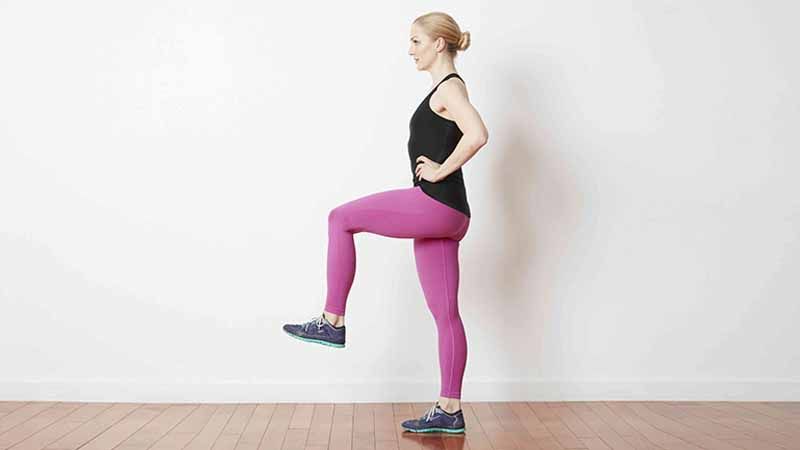Overview
A recent study conducted by Brazilian researchers, published in the well-known British Journal of Sports Medicine, divulged the potential link between dwindling balance, especially the ability to maintain a one-legged stance for 10 seconds, and its broader implications on the survival of middle-aged and older individuals.

This study, titled “Successful 10-second one-legged stance performance predicts survival in middle-aged and older individuals,” sought to discover if there exists a deep connection between balance performance and a person’s lifespan.
Also shared by Dr Sudhir Kumar, Neurologist, Apollo Hospitals Hyderabad, on X, revealed critical insights about the study and the results.
More about The Study
One-Leg Standing Test (OLS): A Surprising Forecaster of Longevity
Whoever knew standing on one leg could be a key to a lengthier life?
While we often turn to blood tests and multiple scans for health insights, an uncomplicated clinical assessment might hold more indications than we think. The ability to stand on one leg, a test quickly done at home, might predict more about our health and longevity.
What exactly is the OLS test, and how is it done?
During the one-legged standing (OLS) test, a person stands on one leg with eyes open, looking straight ahead. The non-supporting leg is positioned behind the standing leg, and the hands are to be placed on either side. The person can use either the left or right leg for support.

Successfully standing on one leg for over 10 seconds is a pass. Those incapable of maintaining this posture for the needed duration are considered to have failed the test. The person is allowed a maximum of three attempts.
What were the results of the OLS Study?
The study, which encompassed 1702 individuals aged 51-75 years (with an average age of 61 years and gender percentage being 68% men and 32% women), delved into the one-legged standing (OLS) test and tracked participants for roughly seven years.
Surprisingly, 20% of the participants failed the OLS test. What’s even more intriguing is that the death rate for those who couldn’t maintain the one-legged stance was nearly two times higher than their counterparts who passed the test.
This suggests that a simple 10-second one-legged stand might be vital to predicting longevity—delivering a unique and accessible insight into the overall health and potential life expectancy.
According to the post on X, the duration one can stand on one leg wavers among individuals and lessens typically with age. People in their 50s might manage around 40 seconds, those in their 60s may maintain it for about 20 seconds, and by the time people reach their 70s, they can maintain a one-legged stance for 10 seconds.
What were the reasons for the failure of the OLS test?
The inability to stand on one leg for more than 10 seconds doesn’t pinpoint a specific ailment but can be attributed to various factors, Dr Sudhir says.
Orthopaedic problems like knee arthritis, neurological factors such as weakness or numbness in the feet, poor balance, impaired cognition, obesity or heart diseases could have contributed to the test failure.
Interestingly, those who failed the OLS test displayed a higher proportion of conditions like diabetes, high blood pressure, obesity, and heart diseases compared to their one-legged stand counterparts, implying a conceivable correlation between the test results and specific health conditions.
Conclusion
In a nutshell, the study explores the unexplored correlation between the incapacity to stand on one leg for over 10 seconds and an increased risk of death.
The one-legged standing (OLS) test is easy, straightforward and can easily be incorporated into routine clinical examinations for middle-aged and older adults.

This concise assessment could serve as a useful prognostic indicator, delivering quick and effective means of identifying individuals at a higher mortality peril and emphasising the importance of incorporating balance assessments into their routine healthcare practices.
Also read: Sedentary Threat: Ignite Health With a 22-Minute Workout












Comments 2